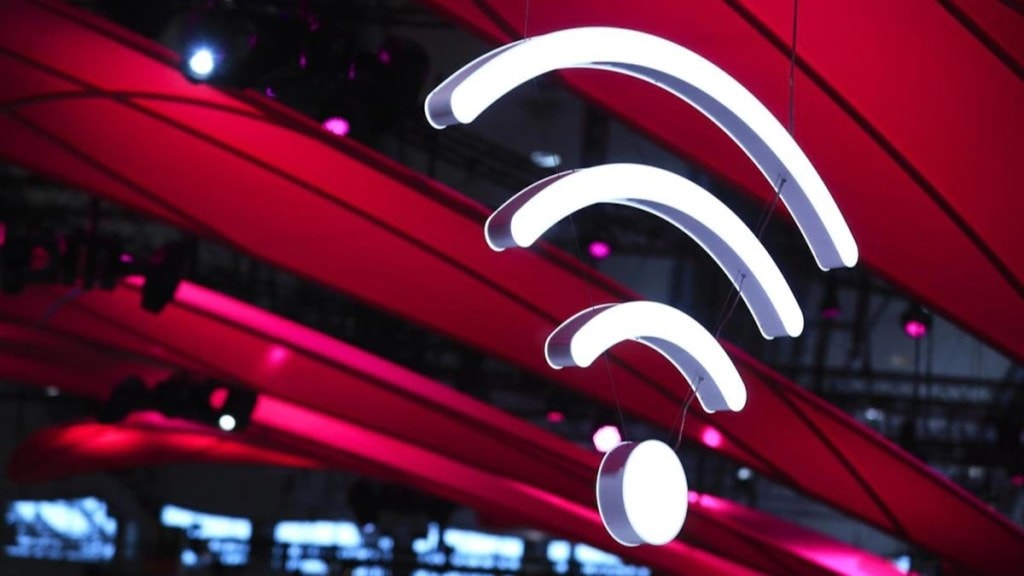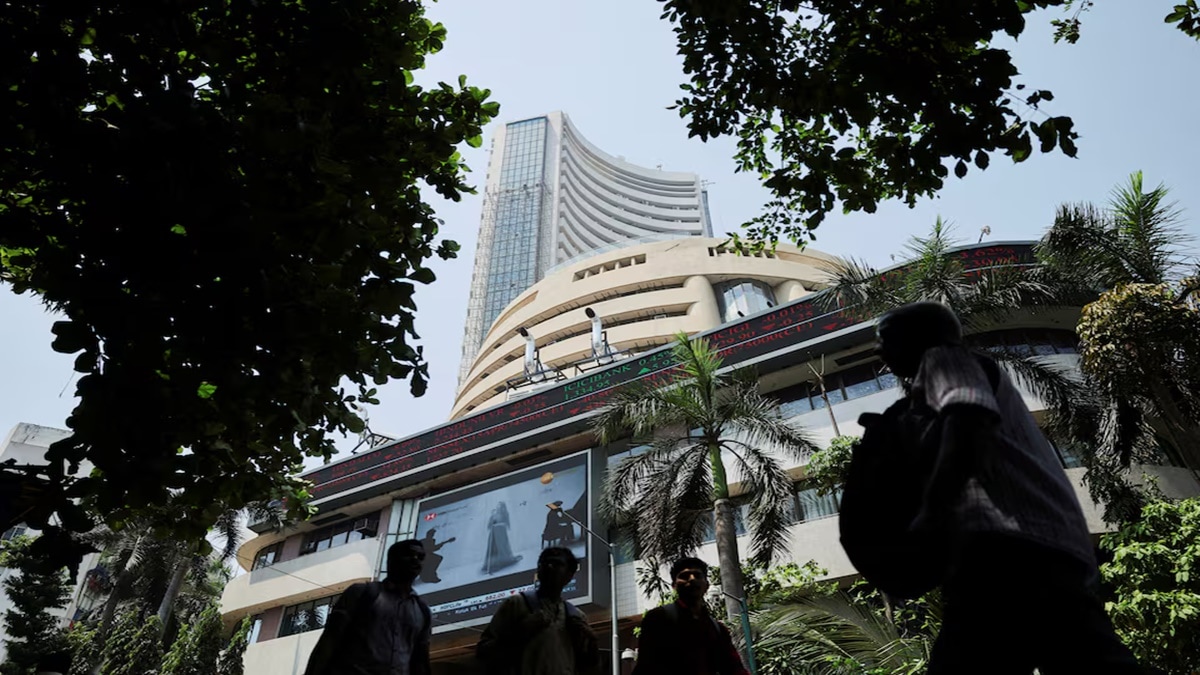By Sharad Sharma, Nilesh Gupta and Saurabh Chakrabarti
PM-WANI (Prime Minister’S Wi-Fi Access Network Interface) is an initiative by the government to expand internet connectivity through public Wi-Fi networks. Launched in 2020, it allows small businesses and entrepreneurs to set up Wi-Fi hotspots and provide affordable internet access. The Wi-Fi hotspot at the last mile is provided by a Public Data Office (PDO) operator, who does not require a licence, making it easier for anyone to offer internet services. A Public Data Office Aggregator (PDOA) manages and coordinates the operations of multiple Public Data Offices (PDOs). PDOAs provide technical backend services for PDOs, such as authorisation and accounting, and a captive portal with a facility to define plans and pricing structures.
The technology behind PM-WANI is cheaper, modular, and scalable, and it is designed to be profitable for the ecosystem even with a low volume of traffic. In rural areas, the government, via BharatNet, aims to provide fibre optic cable connectivity to over 250,000 gram panchayats nationwide. The BharatNet service can provide low-cost, reliable backhaul for the PM-WANI hotspots.
Where PM-WANI falters
Realising the potential of WANI, the government had set the goal of having 5 million Wi-Fi hotspots by 2020 and 10 million by December 2022. However, the numbers could have been better, with a little more than 200,000 Wi-Fi hotspots in July 2024. Moreover, an average WANI hotspot reports a data usage of just a few MBs this year, a drop from last year’s usage of more than 1GB. This illustrates the low adoption of WANI hotspots among users. A Broadband India Forum (BIF) report notes that WANI faces adoption challenges due to low awareness among potential PDOs, financial barriers from high setup and bandwidth costs, and limited rural infrastructure, which impacts Wi-Fi reliability. Additionally, many users expect free Wi-Fi, complicating paid access models. In addition, the lack of seamless interoperability across networks affects user experience.
The WANI ecosystem has been making various efforts to drive up adoption. For example, recently, the Telecom Regulatory Authority of India (Trai) allowed PM-WANI PDOs to access backhaul internet connectivity at fibre-to-the-home (FTTH) rates instead of commercial leased line rates, reducing operational costs. This relieves the PDOs starved of backhaul internet service at a financially viable price point. Additionally, the PDOAs responsible for supporting the PDOs with technical, administrative, and financial service infrastructure have innovated to create various use cases such as a Wi-Fi Uber model, usage in agri-tech, building a smart integrated kiosk, and a national roaming solution.
Elusive economies of scale
However, these efforts have been piecemeal and are yet to address the core WANI issues. WANI is built on three core pillars: Open and easy access, a user-friendly technology stack, and the business growth of PDOs and PDOAs. Currently, each of these three pillars is facing fundamental issues. An OS-dependent protocol flow is hindering open and easy access in WANI. Some technical vendors have managed to innovate on the base protocol, but the capability is few and far between. The revenue sources for vendors providing the technology and hardware stack are very few. A lack of returns on past investments has made the technical vendors reluctant to invest further. The lack of revenue sources then trickles down to PDOs who are unhappy with their returns. In addition, the low accountability of some vendors has led them to lose faith in the entire ecosystem. These issues further hamper adoption rates, which hampers economies of scale. If economies of scale are achieved, the WANI ecosystem can become financially viable as the cost of devices and hardware in the ecosystem can be reduced significantly.
Increasing adoption rates need new and innovative business models that are in tune with user behaviour. Users who have never experienced the transformative power of the internet will be unwilling to pay for a blanket data subscription. In such cases, Wi-Fi has to be bundled with relevant use-cases such as education, agri-tech, banking and payment services, government services, entertainment, etc. A use case-driven data consumption has a much higher chance of conversion than a data-only marketing strategy. In addition, as the BIF report notes, when users are informed about public Wi-Fi, they form an expectation that Wi-Fi is supposed to be free, indicating further unease about paying only for data.
Bringing in bundled pricing
Since rural users are unwilling to pay for data services directly but are willing to pay for particular use-cases, there is a need for a payer abstraction service that allows any third party to pay for the data packages on behalf of the user. The third party can charge the user for the data charges with bundled pricing. Since the user apps would be aggregating bandwidth at the national level, the pricing will have economies of scale. From the bundled pricing, the cost of the data will be transferred to the last-mile connectivity provider, who cannot influence the bandwidth speed of any particular user app. The system should be able to accept a variety of third parties, such as internet apps/services, institutions involved in corporate social responsibility activities, individual institutions, and even central or state governments.
Providing support to a third party to pay on behalf of the user will have the capability to unlock a host of business models and drive up adoption. Several businesses want to focus on the rural market, but the cost of reaching this segment is high. PM-WANI would provide an easy and cost-effective way to reach the rural millions. It can boost digital inclusion, support small businesses, and foster economic growth by connecting rural and underserved areas, which are essential for the development of our nation. The holistic solutions to WANI are intended to drive user adoption, spur innovation in business models, and ensure the sustainability of the entire ecosystem. The growth of a billion people depends on it.
Sharma is founder, iSpirt; Gupta is associate professor, IIM Nagpur and Chakrabarti is fellow, iSpirt
This is the last of a three-part series on digital public infrastructure and rural India.
Disclaimer: Views expressed are personal and do not reflect the official position or policy of FinancialExpress.com. Reproducing this content without permission is prohibited.








